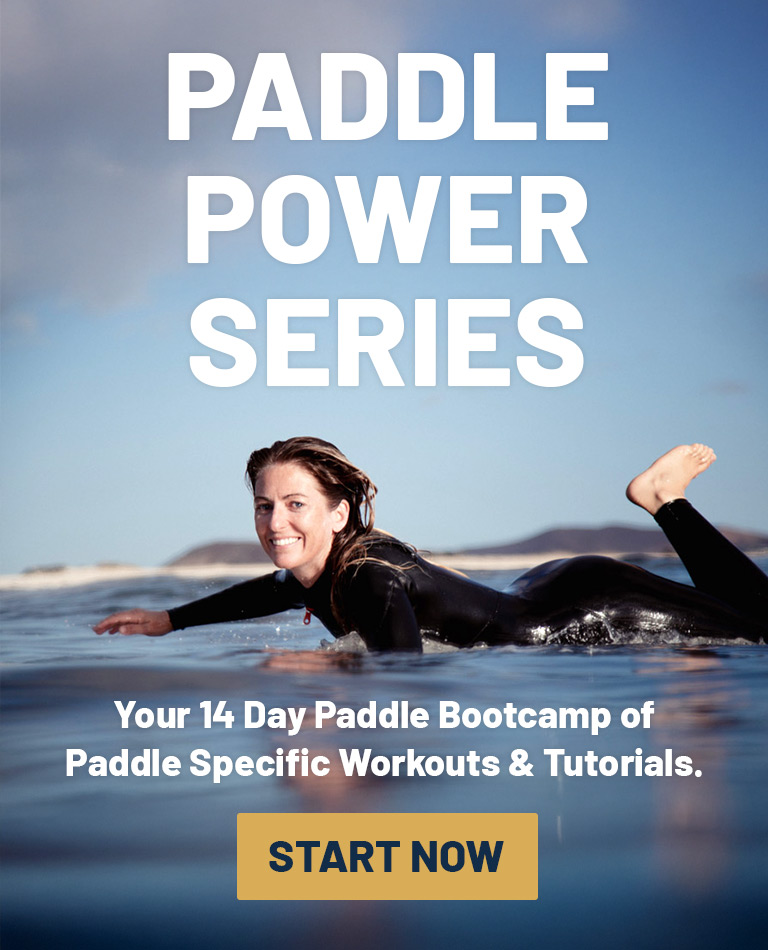3 different types of surf breaks – Reefbreak, Beachbreak & Pointbreak
In this video I’ll try to give a short overview of the difficulties and what to be aware of at each kind of surf break. After watching it, you’ll hopefully know which one is best for you to go to.

1. Beach Breaks
Here the waves break over a sandy bottom, which makes them good for beginners and also good to train and practice new things as sand is a lot softer and more forgiving when wiping out than reef or rocks. On the down side the sand banks are always shifting! This can be due to tides or swell size, currents or storms which means that the changing conditions may cause a change in the quality of the surf. One day you could be surfing perfect peeling waves and the other day it could be just closing out. So the ever changing bottom creates a very dynamic surf. Beach breaks are hard to predict so it´s always worth having a look at them!

2. Point Breaks
A point break is a surf break where the shoreline extends out to sea creating a headland. The wave hits the headland or jetty and starts breaking. Best case: It’s peeling along the shoreline creating a long ride with different sections to play with. Depending on swell size or break sometimes an inside section where you can take off – either way you’ll have to get in line to catch a wave and wait your turn. Worst case: Usually at Point breaks there’s only one take off zone which makes them crowded fairly easy. At point breaks there’s often currents and long paddle outs involved. But then again, the length of the waves makes it worth the way!

3. Reef breaks
My personal favourites! Unlike beach breaks the bottom at reef breaks doesn’t change much because the waves break over reef. All the coral is beautiful to watch when you´re sitting and waiting for waves but dangerous when you fall or wipe out at the wrong spot. While reef breaks are more predictably they’re also more dangerous. So to surf a reef break, I would highly recommend a higher level ability in surfing (Intermediate to advanced). This means you should be at least be able to take off safely and also be able to manouvre along the wave.Wave reading ability is an advantage too, so you know when to kick off and how to react to dangerous zones. Even though reef breaks don´t change much, they can be affected by the tides. So make sure you know about the tides when you paddle out. It can be tricky to go back in when you have to walk across reef. Consider wearing booties! Coral reefs are very sharp and contain bacteria that is very likely to cause infections in open wounds. In general the waves at reefbreaks are steeper and faster which often makes them more powerful than at other breaks and therefore more difficult to surf. Barreling waves are most likely to find at reef breaks.
Consider having a local guide that can show you around and help you surf the break.
Watch my new video about ‘What to be aware of getting to a new surf spot’




